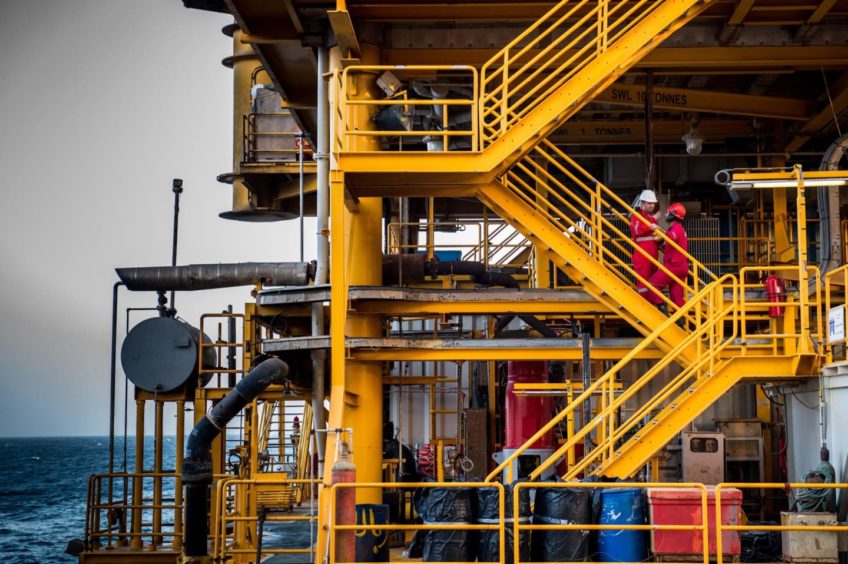
For well over a year now, North Sea oil and gas workers have had to comply with numerous measures designed to stop the spread of Covid-19.
From face coverings on helicopters and social distancing at meal times, to reduced manning levels and medical evacuations, offshore crew have had a lot to contend with.
Since the outbreak of the virus, much of the sector’s response has been spearheaded by Oil and Gas UK (OGUK), through its pandemic steering group, as well as the Health and Safety Executive.
And while it was always going to be impossible for safety bosses to prevent any outbreaks of Covid at sea, the offshore industry has maintained security of supply throughout the pandemic.
Now, with the percentage of the population who have received both doses of the vaccine increasing on a daily basis, energy chiefs can begin to look to a brighter future.
And with 75% of UK adults now double-jabbed, it may not be too long before North Sea operations are able to function more normally.
Trevor Stapleton, health and safety director at OGUK, said the vaccination programme will allow some rules to be relaxed offshore.
One industry requirement that has already been chopped is temperature checking.
It is designed to identify people who may have fever like symptoms and was rolled out early on in the pandemic to give some “confidence” to the workforce that something was being done.
But Mr Stapleton said in terms of its “clinical efficacy”, the barrier picks up “hardly anything”.
As such, the pandemic steering group recently agreed to “remove temperature checks as a requirement”.
The vast majority of constraints are still in place though and the emergence of the delta variant in recent months means safety bosses continue to err on the side of caution.
Looking ahead to when the entirety of the offshore workforce has been double-jabbed – or has had the chance to be – Mr Stapleton said he hopes the number of people working in the North Sea will return to pre-Covid levels.
He said: “Let’s assume that everybody offshore is fully vaccinated. For starters I’d like to think we don’t have category B cases (asymptomatic people evacuated as a precaution because they came into close contact with a colleague showing signs of the virus) because the definition of a close contact completely changes.
“Hopefully we’ll also see very few category C cases – individuals displaying Covid symptoms. There will still be testing ability offshore I would think and I can see lateral flow being a mainstay until we think that we have either eradicated or can live quite comfortably with Covid.
“I suppose you’d also see relaxation of helicopter precautions, although that would have to be discussed with operators. That includes face coverings and screens separating pilots and passengers.
“Social distancing measures – how many people are allowed in the gym and things like that – would likely be relaxed. The canteen would probably go back to more normal operations as well. Cabin occupancy would get back to how it used to work pre-pandemic too.”


